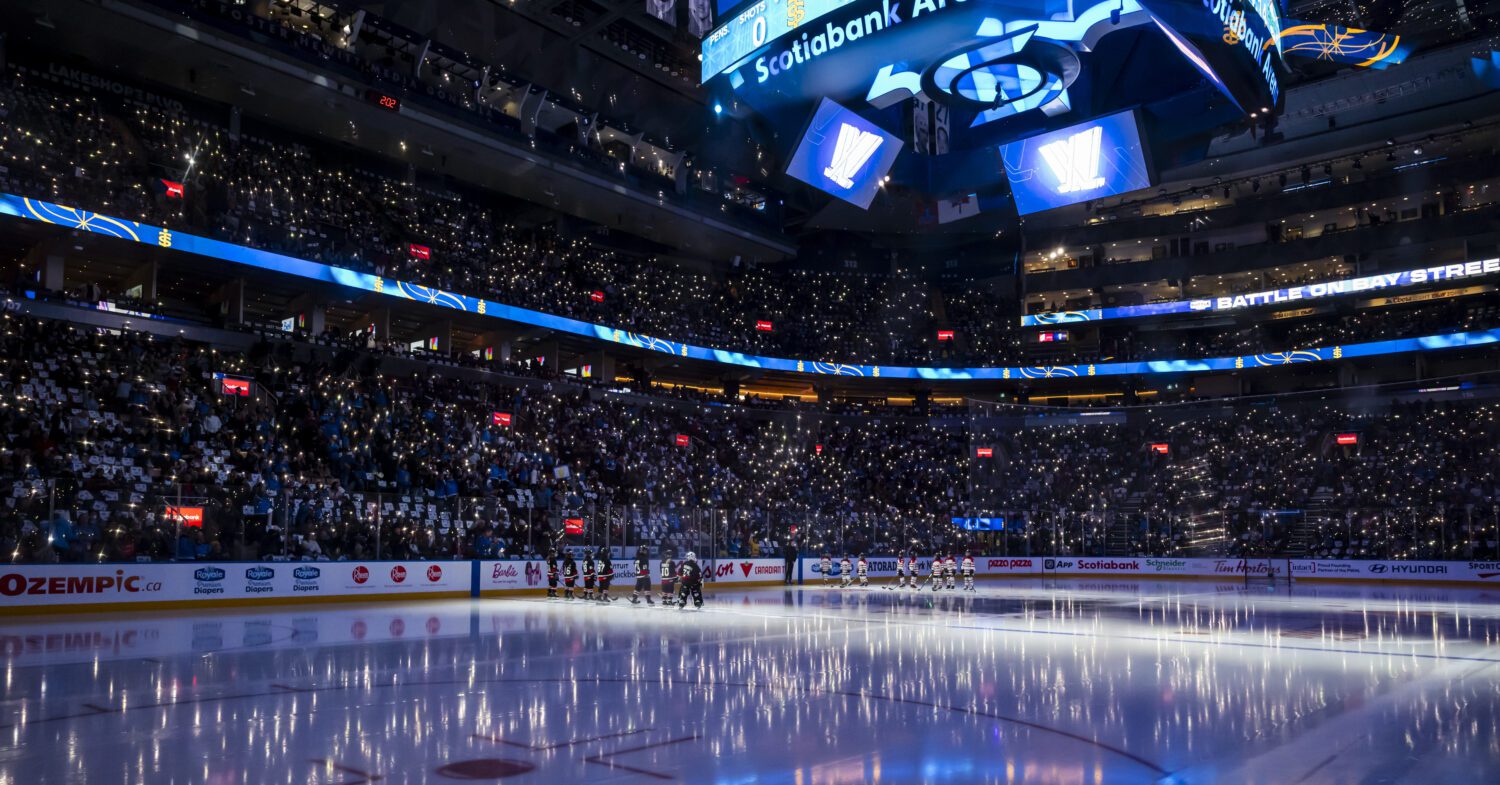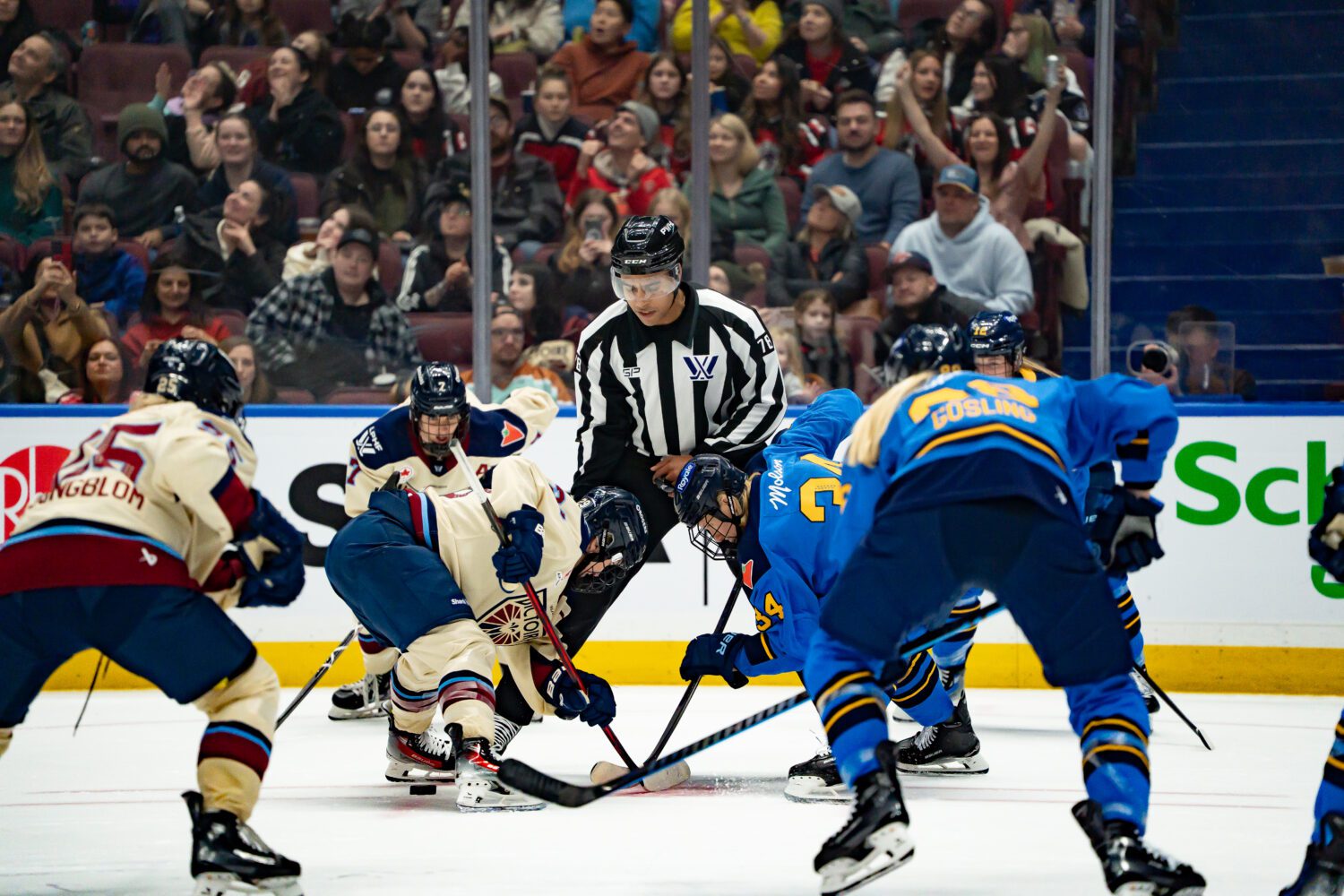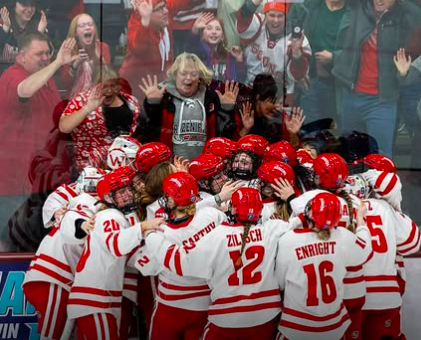Writer’s note: This article was originally written for and was chosen as the winner of the Canadian Women’s Hockey League (CWHL)’s Globe and Mail “Fan Article of the Month” series. Given the recent new of the league’s closure, the article’s content has been edited for accuracy, but its content and message remains more relevant than ever before.
There was a picture book back in the mid 1990’s called “NHL’s Top Rookies.” Each page featured bios and stats on NHL players who had either won the Calder Memorial Trophy as the league’s Rookie of the Year or who had come pretty close. The book featured the likes of Mario Lemieux, Martin Brodeur, Pavel Bure, and Teemu Selanne, just to name a few.
While their rookie year statistics were amazing, it was the book’s first page that was the most impactful. The book started with a fictional, yet likely fairly accurate depiction of a rookie’s first NHL game. The years of hard work to get to this moment, the pre-game jitters, the sitting on the bench waiting for the first shift, the tap on the back from the coach, the leaping over the boards and onto the ice. It was quintessentially the journey to making the NHL, summed up in a paragraph.
Boys and [a select few] girls enjoyed pouring over this book and reading the stories of how their favourite NHL stars came to be. For the boys, they read the first page and dreamed about the moment when it would be their turn to experience the thrills of their first NHL game. But for the girls, any dreaming about being an NHL rookie stopped there – at the dream phase – because, as everyone knew, females didn’t play in the NHL and there was no equivalent league for women to play in.
Girls barely played minor hockey back then and there was no women’s hockey component to the Olympics. Girls played hockey, if they were lucky, on boys teams and maybe they got the unfortunate task of being put in net when their brothers played street hockey.
The CWHL
Fast forward to more recent times and the Canadian Women’s Hockey League was, up until a few months ago, providing a home and a stage for the world’s best female hockey players to strut their skills. Suddenly, young girls could aspire to have their own “rookie shift” in the CWHL, and the league provided a platform on which to showcase the sport around the globe.
The news of the CHWL’s closure sent shockwaves through the hockey world. For those who had labored and sacrificed for years to keep the league operational, we can only imagine the pain of realizing that the product was unsustainable. But, as the old cliché goes, “when one door closes, another opens.” Many people saw the CWHL’s closure as an opportunity to finally get what the sport of women’s hockey inevitably needs: a singular and united professional league that houses all the world’s best players and provides financial security as well as high-end training resources for the players.
#ForTheGame Movement
While the dust was still settling from the CWHL’s sudden announcement, 200 of the world’s best female hockey players took a stand, releasing a joint statement that they would not play hockey until they were given a professional league to play in. In making this statement and standing together, many women are all but guaranteeing that they will never again play high-level hockey. Others are risking exclusion from their respective National teams, if they are unable to sustain a high level of training without a league to play in. And all of them are sacrificing the ability to play the sport they love, because they believe that by taking a stand, their actions will benefit young girls and women for generations to come.
Women’s hockey, right now, is at a critical phase of growth. A beneficiary of society at large where women are demanding equality and letting their performance help drive this change, women’s hockey, and women’s sports in general are on the uptake. Now is the time to reach for new heights.
Not many people are old enough to remember the early days of the NHL, but reading about the foundational years, the one thing that stands out is the humble beginnings. Back then, it wasn’t about eight-figure salaries, multi-million dollar endorsement deals, and thousands of fans in the seats every game. The goal of the NHL back then was to find a sustainable model and connecting with the fans was at the core of its existence.
The future of women’s hockey
That’s where women’s hockey is now. It will need to be baby steps each day to build a league that ensures that outside of the Olympics, the eyes of the world remain on the sport and its great players. At the end of the day, it’s about connecting with the fans, especially the young girls, and letting them know that the players they are seeing on the ice today, are the players they can become tomorrow.
And it’s not just about providing an attainable dream for players.
At the Esso Cup Awards banquet in 2013, Olympic Gold Medalist Cheryl Pounder told a story about how minutes before Team Canada entered the stadium for the Opening Ceremonies at the Salt Lake City Olympics in 2002, she caught sight of a member of the women’s hockey team’s therapy staff standing in a corner crying.
Upon asking what was wrong, the staff member told Pounder that as a child, she had tried to “make it” in virtually every sport she could find, but that she got cut from every team and eventually had to concede that she was never going to make it to the Olympics. And yet, here she was, just moments away from walking in to the Opening Ceremonies of an Olympic Games as a member of Team Canada.
“There’s always a way. It may not be the route you expected to take, it may be different, but there’s always a way,” Pounder concluded her speech with.
A professional women’s league will provide a platform for females in several landscapes to hone and showcase their knowledge and their talents. The coaches, referees, trainers, broadcasters, commissioners, board members, managers, marketing and communications staff, and even the volunteers will be given their own platforms – their own “rookie shifts” – to live out a dream that perhaps they had given up on when playing high level hockey was not feasible for them.
The sacrifices of 200 will result in gains for hundreds, then thousands, then millions, because the outcome of this solidarity will not be temporary. Its legacy will be lasting, sustaining, and permanent. This will be our league to craft and mold today into what we dream for it to be tomorrow so that young girls and women of all backgrounds will feel the thrill of a “tap on the back” when opportunity comes calling for them.
Feature Photo Credit: Dave Holland
[adrotate group=”1″]
Related Articles
Categories
Recent Posts
[adrotate group=”2″]











